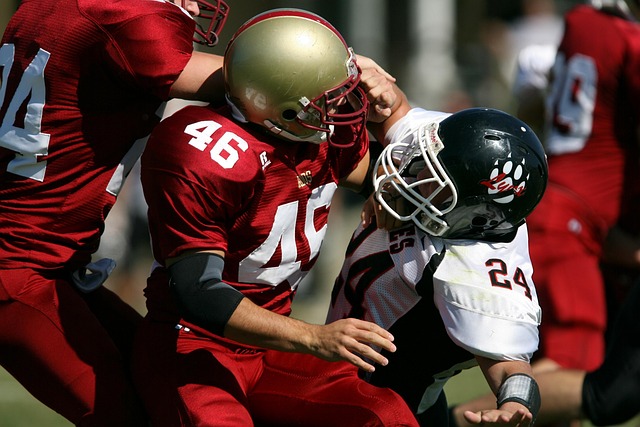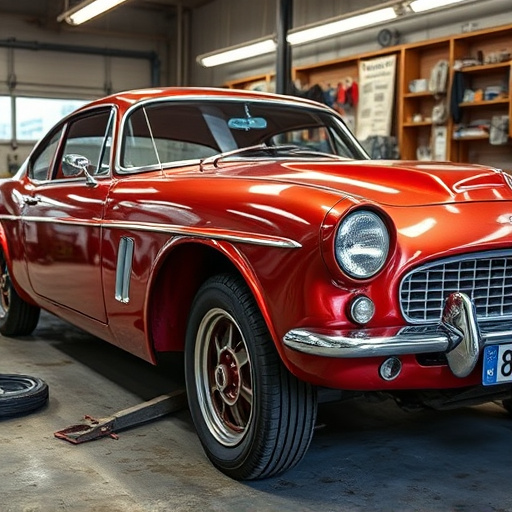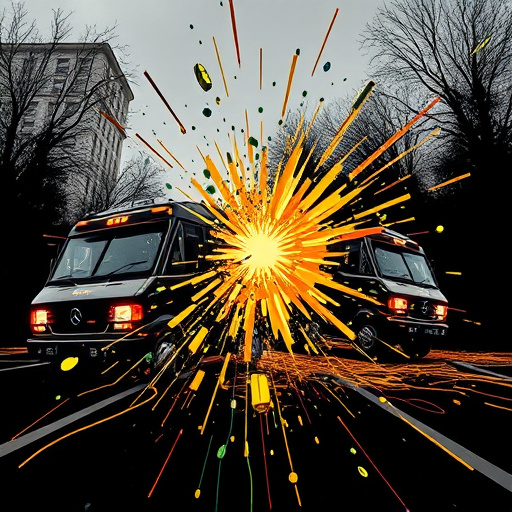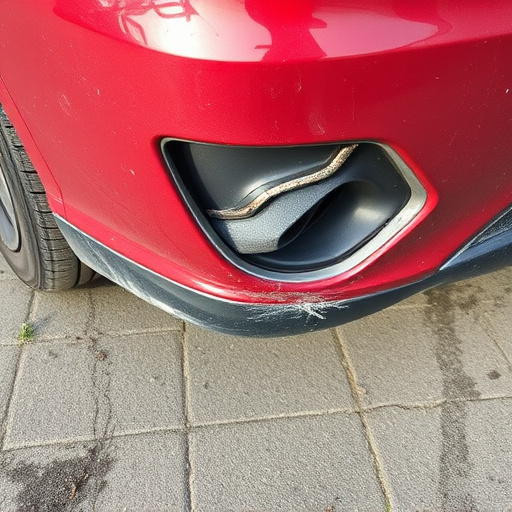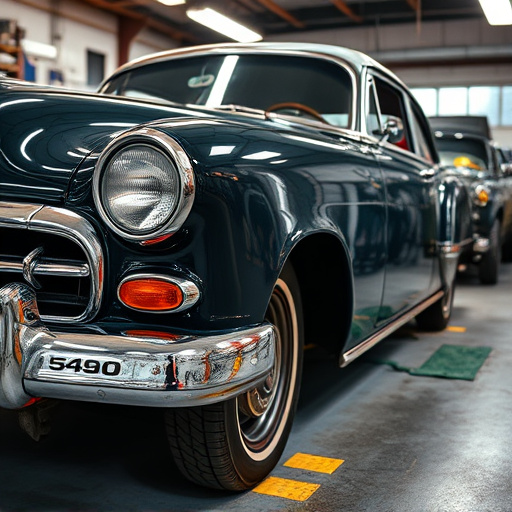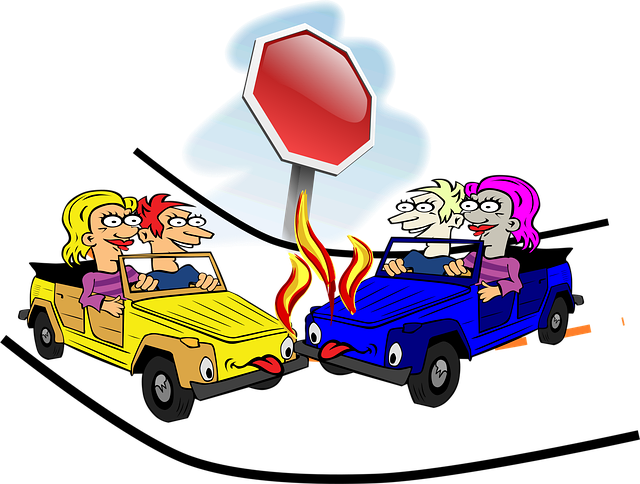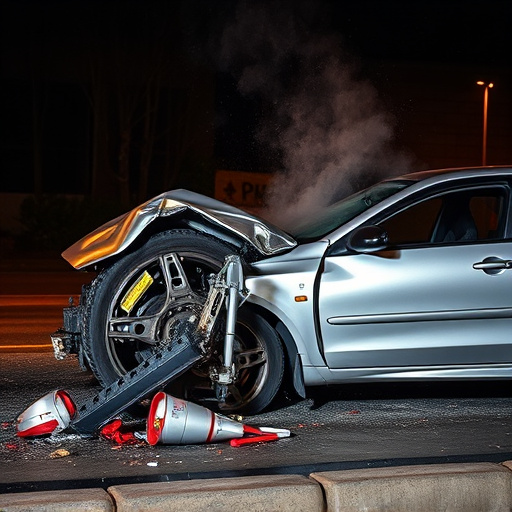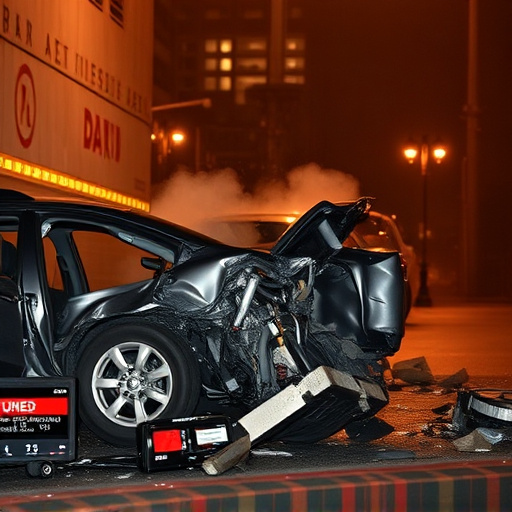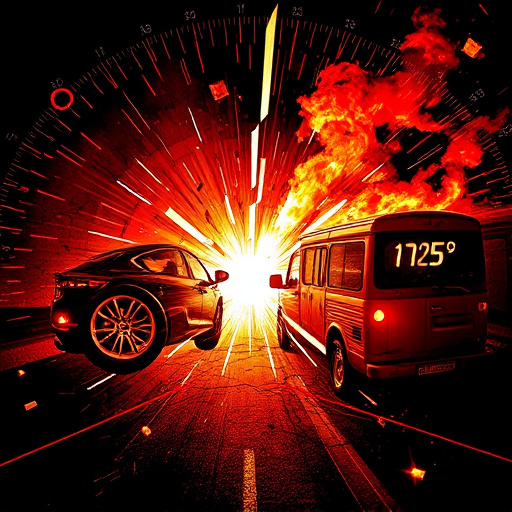Regular Tesla Autopilot recalibration is vital for maintaining advanced driver-assistance systems' accuracy and reliability after collisions or significant auto body work. This process involves resetting sensor parameters using specialized tools and performing track and real-world road tests. Proper recalibration ensures Autopilot guides Teslas safely, enhancing system responsiveness and providing peace of mind while driving. Best practices include peak sensor performance maintenance, safe driving during recalibration, varied condition testing, and prompt inspection of any sensor wear or damage.
Tesla’s Autopilot system is a cutting-edge feature that requires periodic recalibration to maintain optimal performance. This process ensures the seamless integration of cameras, ultrasonics, and radar—essential components for safe autonomous driving. In this article, we’ll guide you through the intricate process of Tesla Autopilot recalibration, highlighting the importance of each step. From understanding the system’s inner workings to best practices for a successful recalibration, this comprehensive overview will equip owners with the knowledge needed to keep their vehicles’ advanced driver-assistance systems running smoothly.
- Understanding Tesla Autopilot Recalibration Process
- Cameras, Ultrasonics, and Radar: Key Components
- Best Practices for Successful Recalibration
Understanding Tesla Autopilot Recalibration Process
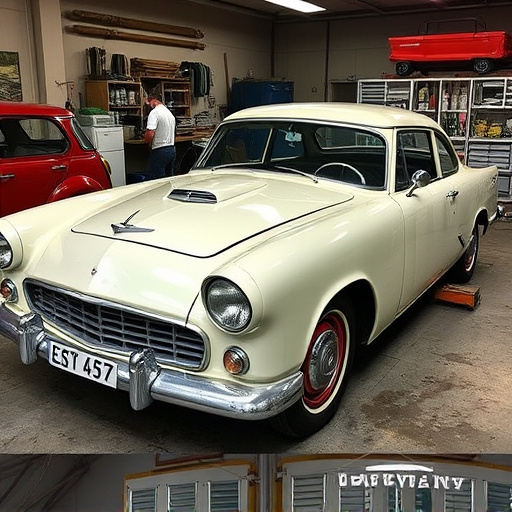
Understanding Tesla Autopilot Recalibration Process
Tesla Autopilot recalibration is a crucial process that ensures your vehicle’s advanced driver-assistance systems (ADAS) remain accurate and reliable. This procedure involves realigning the cameras, ultrasonics, and radar components to maintain optimal performance. Regular recalibration is essential, especially after any collision or significant auto body services, as damage can disrupt these delicate sensors. Think of it as fine-tuning your vehicle’s ‘eyes’ and ‘nervous system’ to navigate roads with precision.
During a Tesla Autopilot recalibration, specialized tools are used to reset the calibration parameters for each sensor. This may include adjusting camera focus, recalibrating radar range and accuracy, and ensuring ultrasonic sensors provide precise distance readings. Afterward, your vehicle undergoes a series of tests on both controlled tracks and real-world roads to validate the system’s performance. This ensures that when you engage Autopilot, it guides your Tesla with the highest level of safety and efficiency, giving you peace of mind while driving.
Cameras, Ultrasonics, and Radar: Key Components
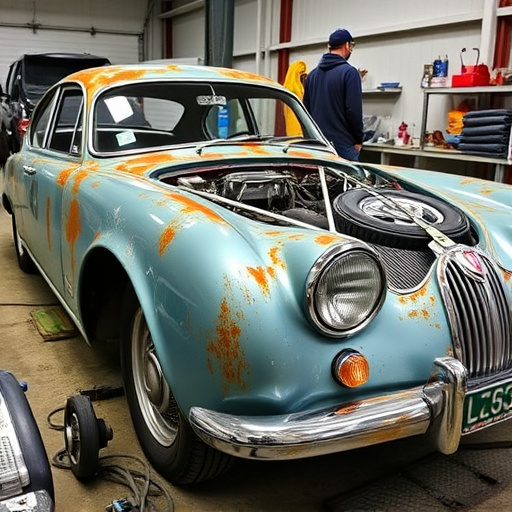
The Tesla Autopilot system relies heavily on a sophisticated combination of sensors for safe and efficient driving. At the core of this technology are cameras, ultrasonics, and radar—each playing a critical role in perceiving and interpreting the vehicle’s surroundings. High-resolution cameras capture visual data, enabling the system to recognize traffic signs, lane markings, and other road users. Ultrasonic sensors provide accurate short-range detection, crucial for parking assistance and obstacle avoidance at low speeds. Radar technology, on the other hand, offers long-range capabilities, allowing the vehicle to detect objects and monitor traffic flow even in poor visibility conditions.
Regular Tesla Autopilot recalibration is essential to maintain the optimal performance of these key components. This process ensures that each sensor remains accurately calibrated, enhancing overall safety and system responsiveness. While tire services, auto painting, and auto body services might not directly relate to sensor calibration, proper maintenance of these areas can indirectly contribute to a vehicle’s overall roadworthiness, thus complementing the effectiveness of advanced driver-assistance systems like Autopilot.
Best Practices for Successful Recalibration
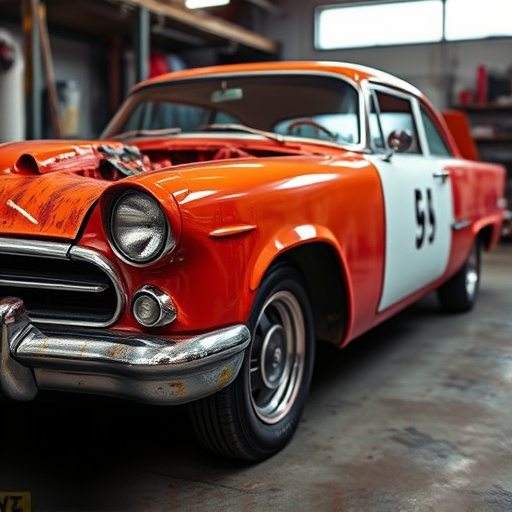
For a successful Tesla Autopilot recalibration, it’s crucial to adhere to best practices that ensure optimal results. Begin by scheduling the recalibration when your vehicle’s sensors are in top condition, free from any obstructions or debris that might compromise their performance. Park in an open area with clear visibility and limited traffic to avoid any unexpected events during the process. Before initiating recalibration, ensure all sensor components, including cameras, ultrasonics, and radar, are functioning correctly. Regular maintenance, such as dent removal or body shop services for minor damages, can help keep these sensors in peak condition.
During the recalibration process, drive at safe speeds and follow traffic rules diligently. The vehicle will guide you through the procedure, but your active participation is essential. After completing the initial recalibration, test all Autopilot features thoroughly on diverse driving conditions to ensure their proper functioning. Regularly inspect your sensors for any signs of wear or damage and address them promptly through professional automotive repair services to maintain the reliability and accuracy of your Tesla’s Autopilot system.
Tesla Autopilot recalibration is a crucial process that ensures the safety and effectiveness of the vehicle’s advanced driver-assistance systems (ADAS). By regularly recalibrating cameras, ultrasonics, and radar, owners can maintain optimal performance, enhancing their driving experience. Understanding the essential components and implementing best practices ensure a successful recalibration, contributing to the overall reliability and efficiency of Tesla Autopilot.
